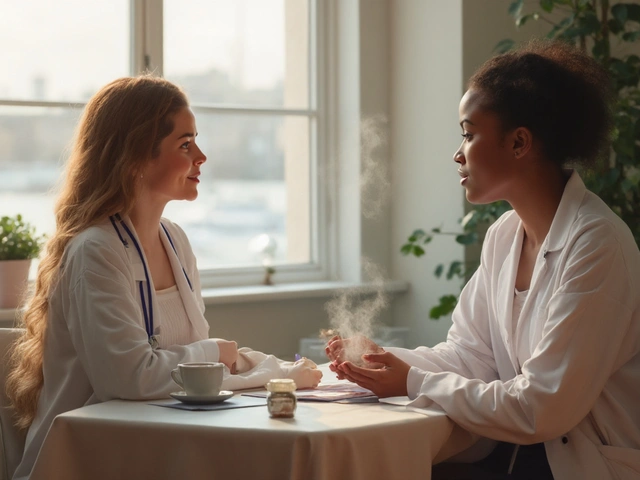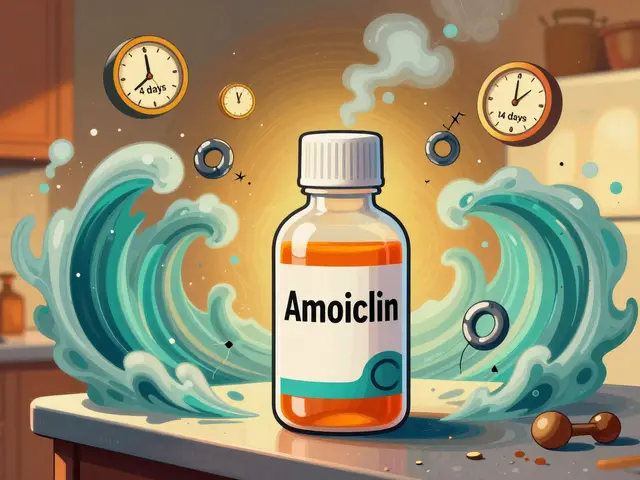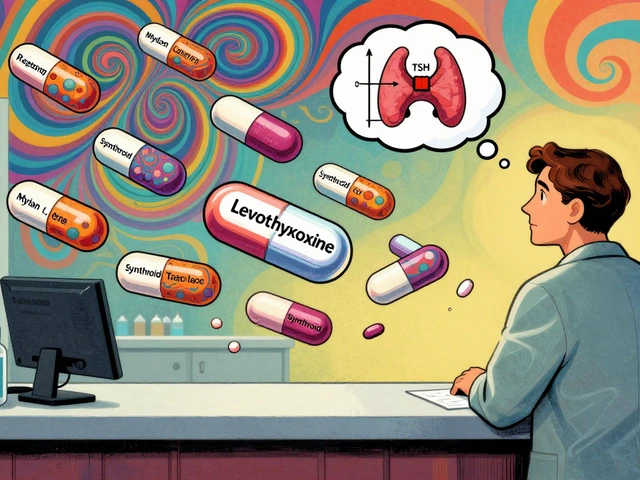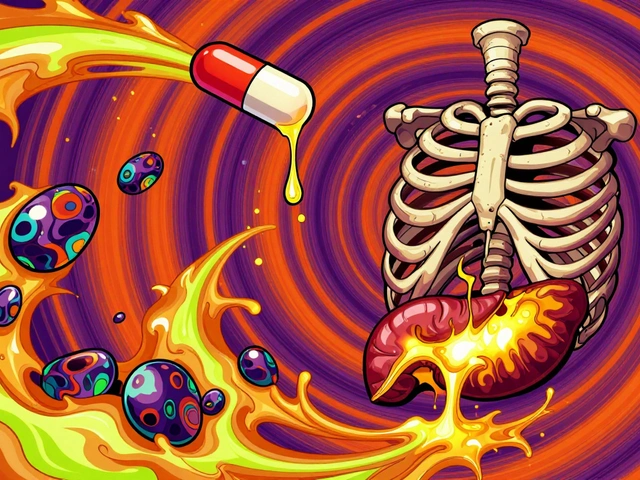
WHO Malaria Treatment Guidelines – Simple, Clear and Up‑to‑Date
If you’ve ever wondered how doctors handle malaria, the World Health Organization (WHO) has a straight‑forward plan you can follow at home or discuss with your pharmacist. This guide breaks down the key drugs, when to use them, and how to avoid common mistakes, all in everyday language.
First‑line drugs for uncomplicated malaria
For most people with uncomplicated Plasmodium falciparum malaria, WHO recommends an artemisinin‑based combination therapy (ACT). The most common ACTs in the UK are artemether‑lumefantrine (Coartem) and artesunate‑amodiaquine. You take the tablets twice a day for three days, but the exact schedule depends on the brand. The combo works because the artemisinin kills the parasite fast, while the partner drug clears any leftovers.
Key tips: take the dose with food, finish the full course even if you feel better, and avoid alcohol while on amodiaquine. Skipping doses can let the parasite survive and become resistant, which makes future treatment harder.
Treating severe malaria and special groups
Severe cases need a hospital, IV artesunate, and close monitoring of blood sugar and kidney function. Children under five and pregnant women have special dosing rules. For pregnant women in the first trimester, WHO still advises ACTs because the benefits outweigh the risks, but the dose is slightly lower. Babies under five get weight‑based tablets or a liquid form, so always double‑check the milligram amount.
Travelers heading to high‑risk areas often need prophylaxis before they even see a mosquito bite. The WHO lists atovaquone‑proguanil (Malarone), doxycycline, and mefloquine as the main options. Choose one that fits your health profile—doxycycline isn’t great if you’re sensitive to sunlight, while mefloquine can cause vivid dreams.
Resistance is a growing problem, especially in parts of Southeast Asia. If you’re in an area with known resistance, your doctor may pick a different ACT or add a second line drug like piperaquine. Always ask your pharmacist whether the medication you’re getting matches the latest WHO guidance for your location.
Side effects are usually mild: nausea, headache, or a temporary fever spike (called a “herxheimer reaction”). If you develop a rash, severe vomiting, or feel your heart racing, seek medical help right away. Those signs could mean the drug isn’t right for you.
Remember, malaria isn’t just a travel issue—it can appear in the UK from recent arrivals. If you develop a fever after a trip, see a GP quickly and mention the travel history. Early testing and treatment follow the same WHO steps, so the plan stays consistent.
To sum up, the WHO malaria treatment plan is: diagnose early, start an ACT for uncomplicated cases, use IV artesunate for severe disease, respect special dosing for kids and pregnant women, and keep an eye on drug resistance. Follow the full course, stay hydrated, and talk to a qualified pharmacist if anything feels off.
Having this simple roadmap makes it easier to act fast, avoid complications, and stay healthy whether you’re on holiday or dealing with a local case. Keep it handy, share it with friends, and you’ll be ready the next time malaria pops up.
-
9 Aug






